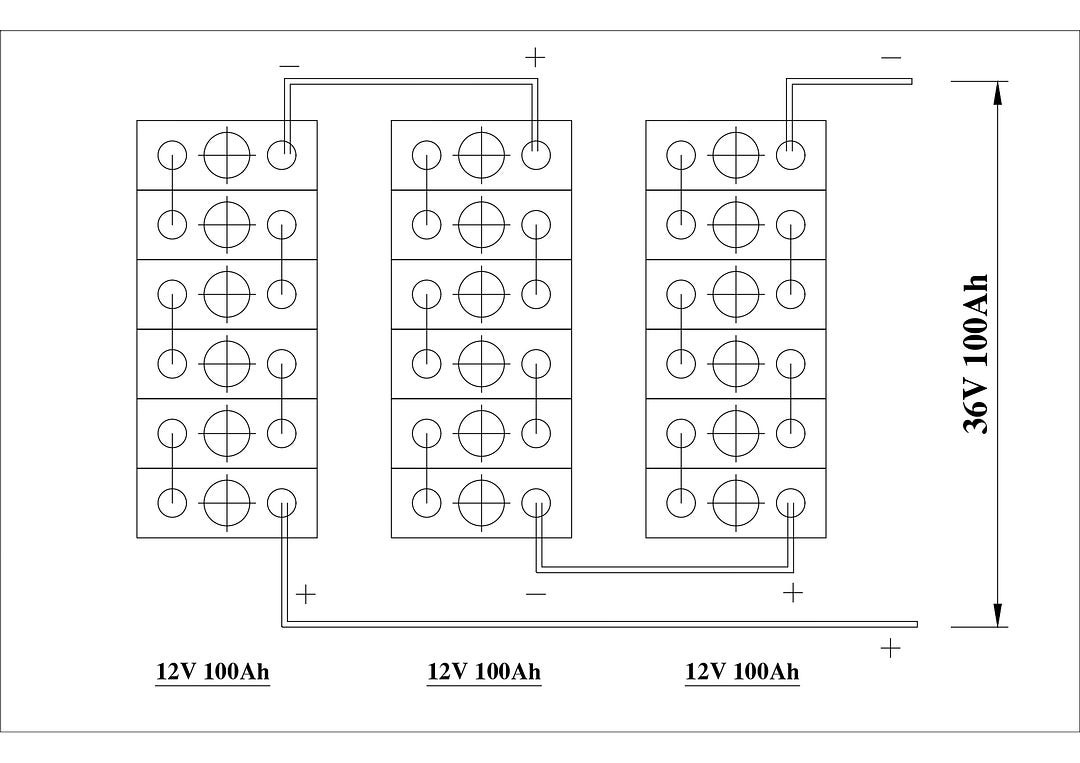Why do we trickle-charge a fully charged lead-acid stationary battery?
By the author of the Amazon Bestseller Book 'Batteries Demystified', Podcaster, & Expert in Lead Acid Battery Manufacturing Processes and Machines
The need to keep stationary batteries connected to a charger always
Trickle charge is a low current given to a string of batteries to compensate for self-discharge losses.
The self-discharge increases as the battery ages. The self-discharge also varies depending on the purity of materials used in manufacture, the water used for topping up, and the ambient temperature of storage.
Usually, the trickle charge is given to a lead acid stationary battery. A stationary battery is a battery used in the telecom sector or for industrial applications where uninterrupted power is essential. It is also used for railway signaling in remote locations with no or unreliable power. Many batteries are also used in nuclear power installations to run critical controls or in solar photovoltaic applications to store energy generated during the day for use at night. It is also widely used in all substations of state electricity boards.
As the name implies, these batteries are kept stationary in rooms and are expected to deliver power on demand as and when the mains power fails. Thus, these batteries are used for emergencies and, at times, for critical power applications.
As and when power fails, these stationary batteries deliver DC power to an inverter or UPS system, which converts the DC power to AC power to ensure uninterrupted supply to the load.
Subsequently, after power resumption, the inverter, or UPS, which has a charger, uses the AC power to charge the batteries to a full state of charge.
Batteries in homes, clinics, and shops connected to small UPS or inverter systems are also stationary batteries.
The nominal voltage of a lead acid single cell is 2.0 volts, and the closed circuit voltage when fully charged with the charger ON is 2.55 to 2.70 volts per cell. After the cells connected in series are fully charged, the charger automatically shifts from boost mode to float mode. In float mode, the charger maintains the battery in a state of readiness for the next discharge. This is a constant voltage within a range of 2.16 volts to 2.20 volts, or as specified by the manufacturer. The trickle current is the amount of current the battery draws from the charger to maintain this float voltage range.
Please note that sealed maintenance-free batteries are not boost-charged up to 2.55 volts or more since they are not supposed to be charged beyond gassing voltage. The gassing voltage range for a lead-acid battery is 2.35 volts to 2.40 volts. Sealed maintenance-free (SMF) batteries, also known as valve-regulated lead acid (VRLA) batteries, are maintained at a higher float voltage, and the range is usually 2.25 to 2.27 volts per cell.
Please note that the voltage of cells connected in series is additive. The voltages given above are for one cell for the sake of easy understanding.
TO HEAR A PODCAST RELATED TO CHARGERS, CLICK ON THE LINK BELOW:
Six cells connected in series deliver a nominal voltage of 12 volts. Large stationary systems have 110 cells or even 180 cells and are thus 220-volt or 360-volt systems, respectively. Different UPS systems have different voltage configurations depending on the load profile, which dictates the load current requirements.
In case an acid-filled battery is kept idle in an unused condition without connecting to a charger the self-discharge can proceed to a level where the battery can get sulphated. Sulfation harms the battery and in the case of irreversible sulfation, the damage caused to the battery affects battery life.
You can visit my website to 👀read similar blogs and articles, 👂hear my podcasts, and 🎥see videos about batteries and related subjects by clicking the link below:
To✍️write to me with your comments and suggestions please do note my E-Mail below:
To buy my books 📒, please click on one of the links given below:
✔️https://relinks.me/9390661692 ️or https://relinks.me/B0BNXL1854







